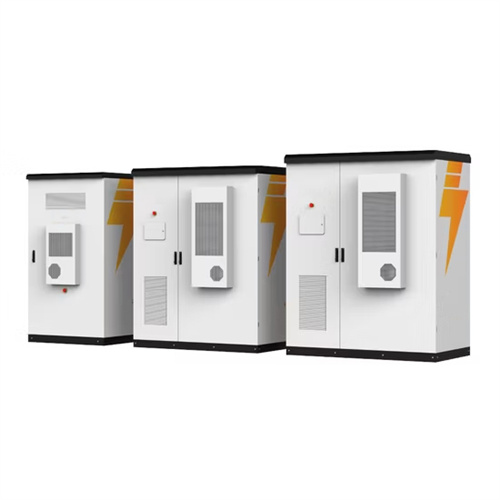Lead-acid energy storage battery logo
The lead–acid battery is a type offirst invented in 1859 by French physicist . It is the first type of rechargeable battery ever created. Compared to modern rechargeable batteries, lead–acid batteries have relatively low . Despite this, they are able to supply high . These features, along with their low cost, make them attractive for u.
As the photovoltaic (PV) industry continues to evolve, advancements in Lead-acid energy storage battery logo have become critical to optimizing the utilization of renewable energy sources. From innovative battery technologies to intelligent energy management systems, these solutions are transforming the way we store and distribute solar-generated electricity.
6 FAQs about [Lead-acid energy storage battery logo]
Are lead batteries the future of energy storage?
Delivering reliable, sustainable and cost-effective energy storage across the globe, lead batteries are a high-performing technology delivering a greener future. Check out CBI's interactive map to see examples of lead batteries in action for energy storage for utility and renewable projects.
What are lead-acid rechargeable batteries?
In principle, lead–acid rechargeable batteries are relatively simple energy storage devices based on the lead electrodes that operate in aqueous electrolytes with sulfuric acid, while the details of the charging and discharging processes are complex and pose a number of challenges to efforts to improve their performance.
Are lead-acid batteries a good choice for energy storage?
Lead–acid batteries have been used for energy storage in utility applications for many years but it has only been in recent years that the demand for battery energy storage has increased.
Could a battery man-agement system improve the life of a lead–acid battery?
Implementation of battery man-agement systems, a key component of every LIB system, could improve lead–acid battery operation, efficiency, and cycle life. Perhaps the best prospect for the unuti-lized potential of lead–acid batteries is elec-tric grid storage, for which the future market is estimated to be on the order of trillions of dollars.
Why are advanced lead batteries called LC batteries?
The term advanced or carbon-enhanced (LC) lead batteries is used because in addition to standard lead–acid batteries, in the last two decades, devices with an integral supercapacitor function have been developed.
Why is morphological evolution important for lead-acid batteries?
Because such morphological evolution is integral to lead–acid battery operation, discovering its governing principles at the atomic scale may open exciting new directions in science in the areas of materials design, surface electrochemistry, high-precision synthesis, and dynamic management of energy materials at electrochemical interfaces.
Related Contents
- Italian lead-acid energy storage battery life
- Lead-acid energy storage battery supplier
- China-europe lead-acid energy storage battery
- Energy storage lead-acid battery cycle times
- Lead-acid solar energy storage battery
- Ouagadougou lead-acid energy storage battery pump
- Small lead-acid energy storage battery
- Lead-acid lithium battery hybrid energy storage
- Lead-acid battery energy storage system diagram
- Zambia lead-acid energy storage battery brand
- Lead-acid energy storage battery explosion
- Industrial energy storage lead-acid battery
